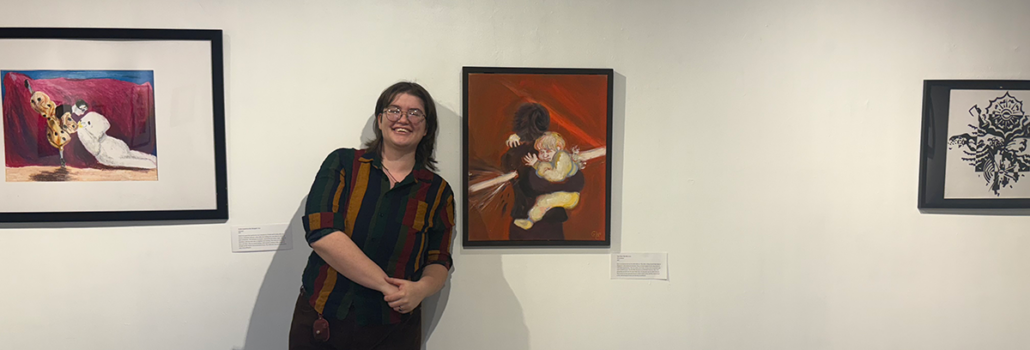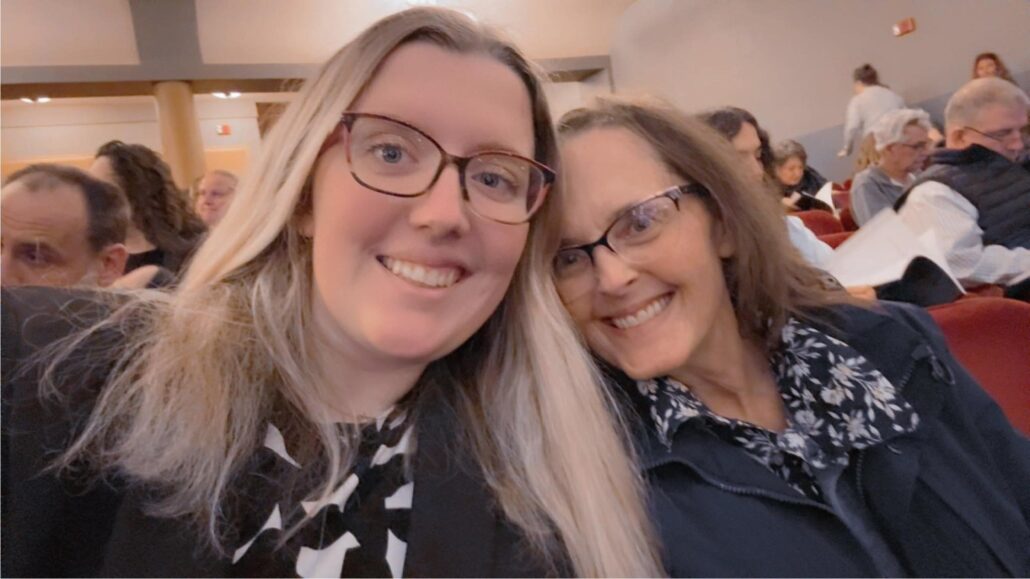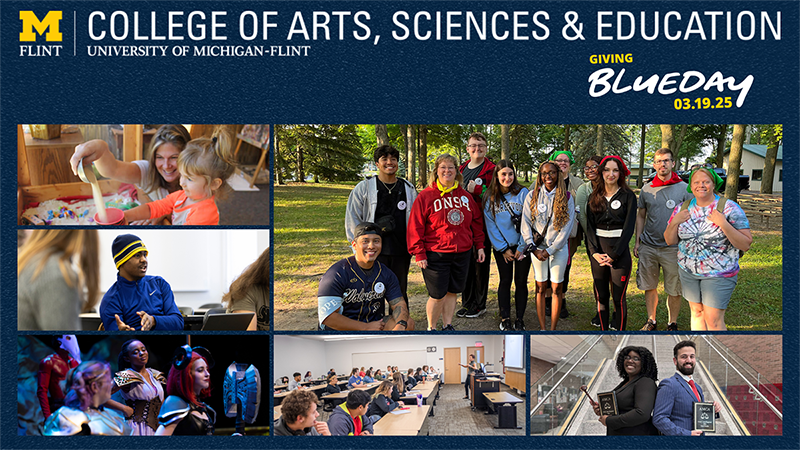Research opportunities as an undergrad? Hana Fantin and Dr. Duriancik.
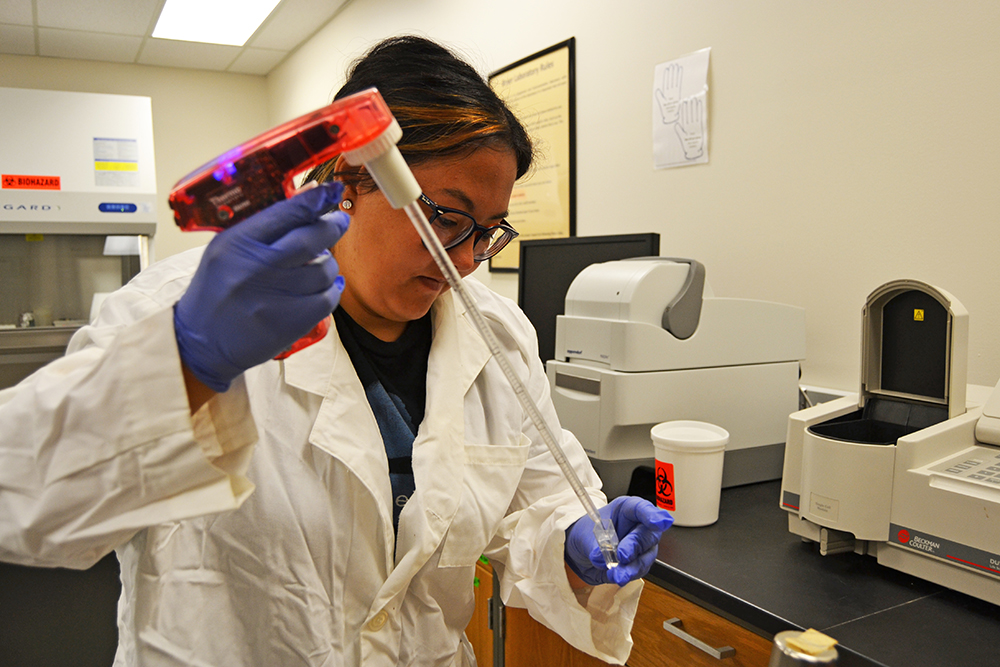
Are you getting enough Vitamin A in your diet? Most Americans are not Vitamin A deficient overall, but Assistant Professor of Biology David Duriancik and students like senior Hana Fantin are exploring how the aging process may affect Vitamin A levels in important immune cells across the human body.
Hana spent her summer as a SURE (Summer Undergraduate Research Experience) fellow. The program offers paid research opportunities for UM-Flint undergraduates. SURE not only provides important experiences and resume-building activities, but it can also replace the need for a summer job for many students.
Working under Dr. Duriancik has been important for Hana, who is a pre-veterinary student and is beginning the process of applying for veterinary school. If not for this research experience, Hana believes she wouldn’t have developed the level of technical skill she has now or been able to ask for an in-depth letter of recommendation. The experience in undergraduate research and SURE fellowship allowed Hana to continue working on professional skills that will translate to any career including veterinary medicine. One example was the opportunity to present her work at Michigan Physiological Society Meeting.
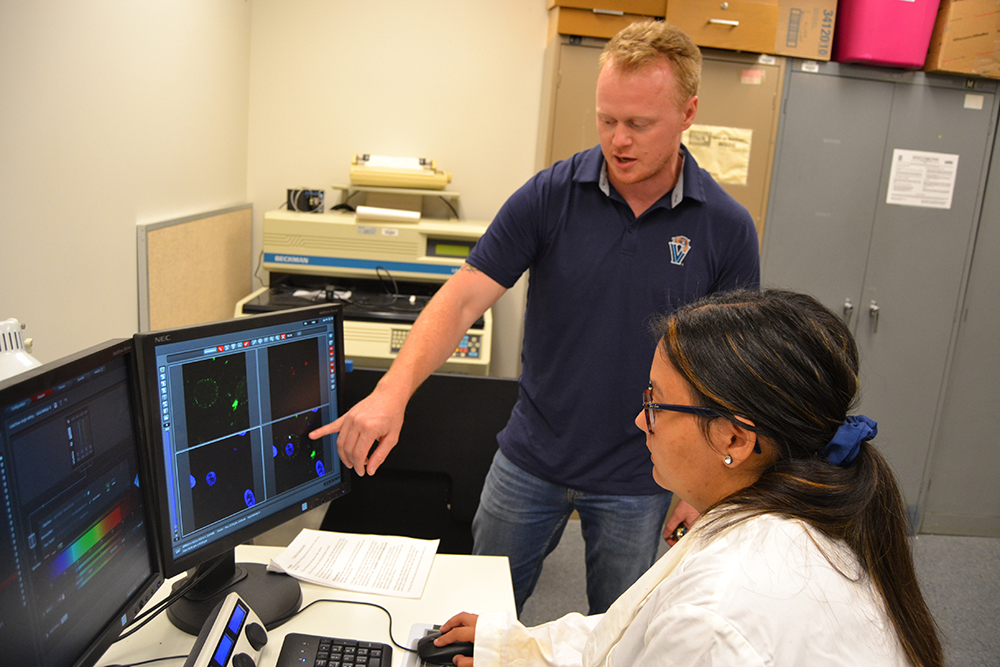
“These research experiences allow students to develop critical thinking and problem-solving skills that translate to their future professions in a meaningful way,” Duriancik says. “I like working with young adults and seeing their excitement when something works and providing some guidance when things don’t work as expected.”
STRA6
Pronounced like straw-six, STRA6 is a Vitamin A transport protein expressed by all human immune cells; it provides the mechanism that allows Vitamin A to move across those cells. Preliminary data show that the aging process may decrease the expression of STRA6, which can lead to health complications.
To further understand this process, Hana and Dr. Duriancik have been investigating where exactly STRA6 binds in the cell. The hypothesis was that STRA6 would bind with lipid rafts in the cell membrane; it does not.
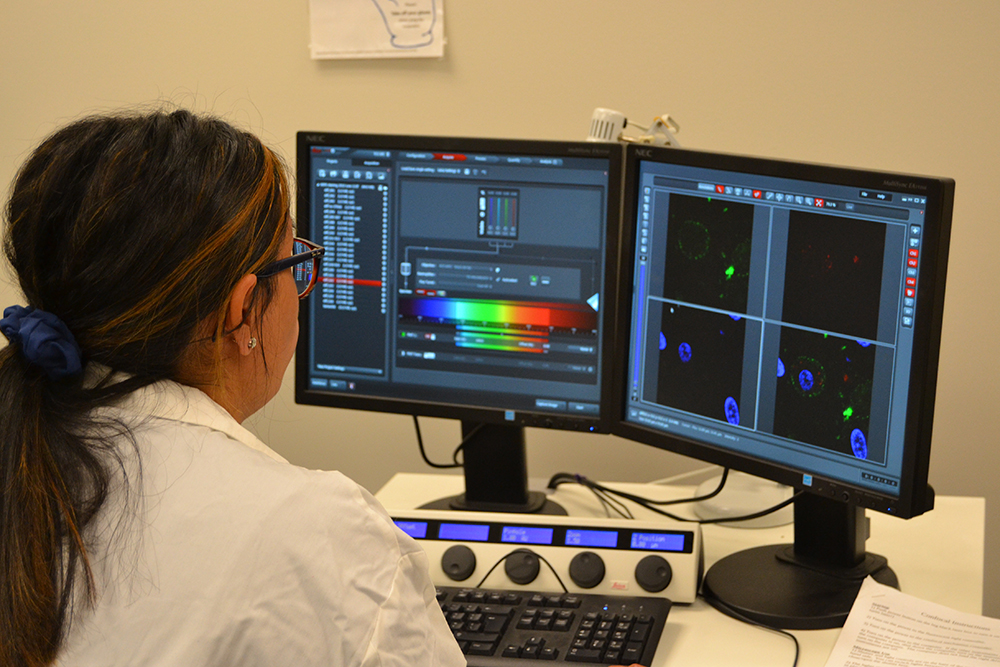
The next step is to discover exactly where STRA6 binds in immune cells. Hana has been creating holo-retinol-binding protein (which Vitamin A travels in the blood bound to) ligand to help discover where STRA6 binds in human immune cells.
“If we can figure out how to get STRA6 expression on these aged cells, then we may be able to overcome some of that impairment in immune function,” Duriancik explains. “This can apply to other disease conditions associated with chronic inflammatory states, like obesity, autoimmune diseases, and even could play a role in informing vaccine strategies.”
To learn more
Students can learn more about becoming a SURE fellow online. You can also see more about the work being done in the Department of Biology.

